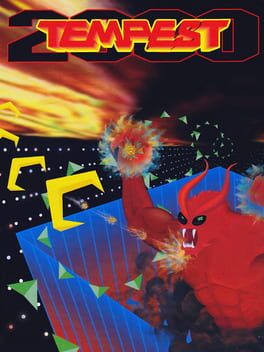A core test of visual processing and withstanding information overload that is built not only into Tempest's core framework of tube shooting, but also into its proto-Y2K aesthetic. The aesthetic on its own is an inconvenience for a game such as Tempest; unlike Tetris Effect, which also adds an aesthetic aiming for spectacle, the proto-Y2K aesthetic here does not act as a visual layer underlying the core model to induce a "trance" state, but is instead more explicit and overwhelms the player's visual line with a slurry of neon explosions and score announcement pop-ups. Tempest's original arcade version also dealt with information overload, but was made somewhat manageable by default given the simplistic wireframe textures and lack of non-diagetic visual elements that may have been displayed with the player's achievements. Here, visual overload cannot be avoided and can only be combatted in the moment by the matter of the player's gradually improving visual discrimination. Although the spectacle here perhaps betrays the appeal of the original Tempest's minimalism, it also creates a continual duel between the impulse to give in to spectacle and the need to ignore such "distractions" in order to identify and eliminate targets. Aesthetic, here, acts as the lure and the weapon against the player.
